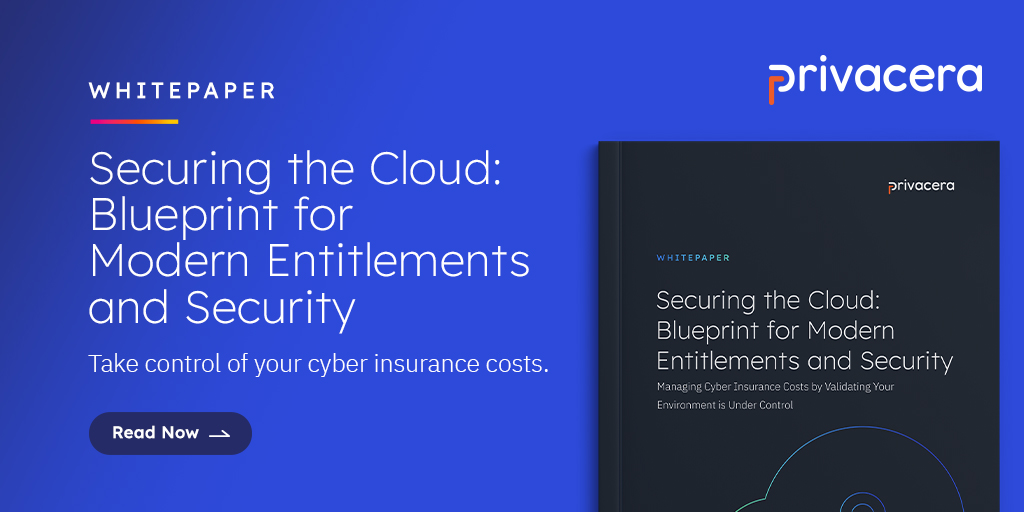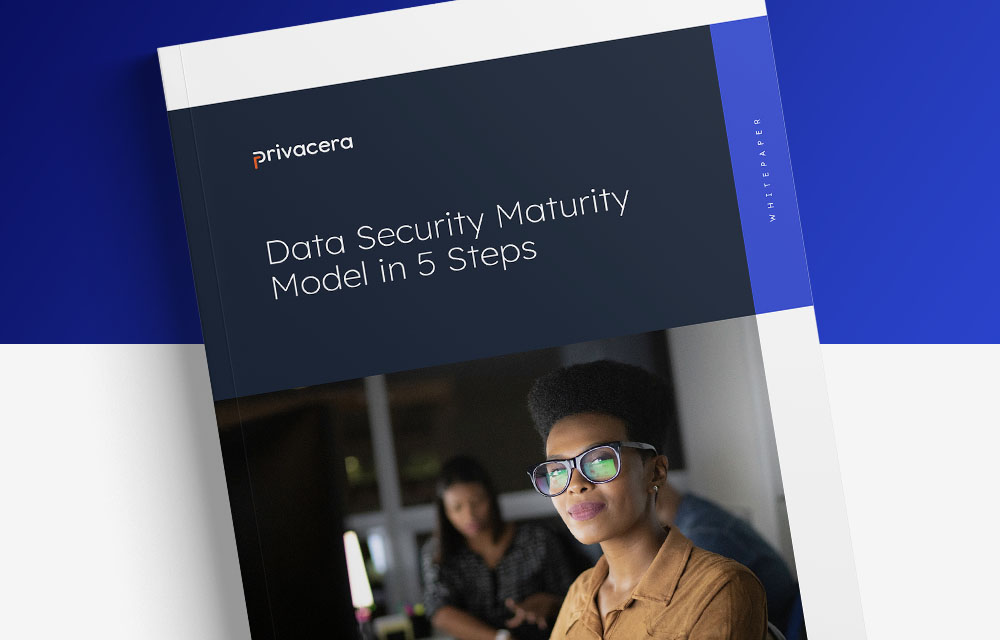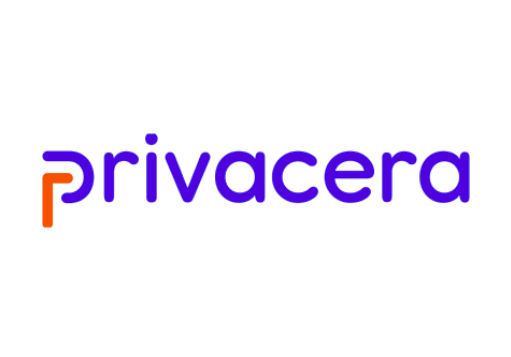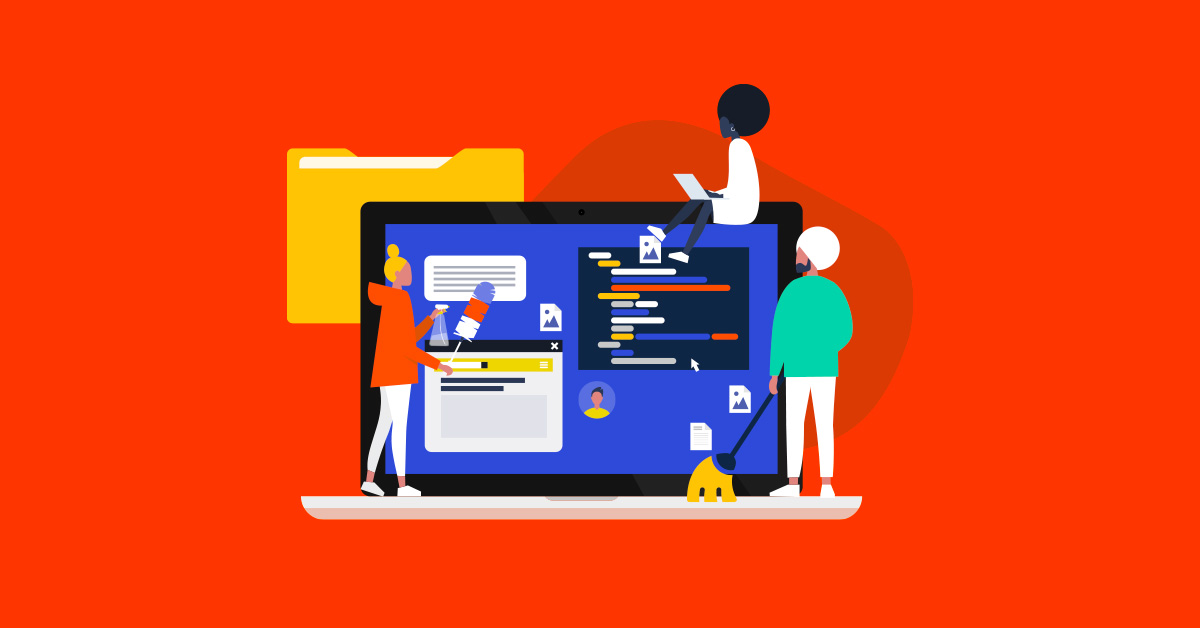As data programs accelerate their capabilities to tap into insights, the rights of the consumer and their privacy are racing counter. We’ve long had to contend with the balance of how to best use data throughout its lifecycle and build processes. The more recent innovation? The ability to rapidly pivot, experiment, and learn. Now, anyone involved with a project has found themselves in the crosshairs of trying to understand, explain, and ensure they’re compliant.
Data Clean Rooms provide a way to navigate these issues by implementing a cookbook of recipes. Exactly as it sounds and similar to the science and healthcare clean rooms engineered to provide well-controlled contamination prevention. Data Clean Rooms keep items separate by implementing boundaries to isolate, control, and prevent contamination. The ideal environment to actively keep data clean and work in a secure manner.
The definition of Data Clean Room has suffered a degree of muddiness. Myriad vendors have rushed to create solutions and applied their own spin on Data Clean Rooms, usually based on their existing features and capabilities. Therefore, it’s best to first understand what problem you’re trying to solve to avoid categorizing every problem as a Data Clean Room solution. Now, let’s discuss commonly implemented techniques, and see if we can tease out key principles. Our final destination is to understand and successfully leverage Data Clean Rooms.
Data Clean Room Definition
The most fundamental Data Clean Room definition is a workspace where consumer information can be worked on to maintain compliance with regulations, such as HIPAA, which directly impacts Personally-Identifiable-Information (PII) and Protected Health Information (PHI).
Typically, for sensitive data discovery, you need to understand how to report and work with it. Data Clean Rooms create the necessary boundaries and guardrails to responsibly and compliantly work with the sensitive data. Upon identifying the PII information, among the simplest solutions is to then generate anonymized aggregated data.
Data Clean Room Use Cases
What’s one of the most discussed, common clean-room scenarios? Responsibly enabling marketing access to collected consumer information. This type of information is increasingly valuable to enterprises, informing insights on how to improve products and services across customer relationships. A prime example would be companies in the insurance industry, who need to build larger pools of consumers to improve those services. The most direct way to build the pool of users is to attain more users via marketing and advertising. The inability to use that consumer data would equate to significant, lost opportunities. But Data Clean Rooms solve for that with compliance-oriented guardrails.
Companies can also make better customer-oriented decisions by discovering additional dimensions of their consumers. This is often achieved by sharing information either directly or through third-party data brokers. Again, Data Clean Rooms provide a secure, compliant way to share such data.
Another Data Clean Room use case is where an organization wants to broaden their product to more diverse communities. The organization has likely already built its own foundation and data stores. They need to trade insights to extend their current foundation. But these insights are guarded, usually to prevent abuse. Implementing a clean room allows the organization to responsibly share this data and unlock new insights and broaden their scope and offerings to more diverse communities.
To be successful, enterprises must master myriad disciplines, including differential privacy, dataset aggregation (often within time constraints), governance of the sharing process, and conscious/unconscious data sharing.
Open Standards Approach to Clean Rooms
If you ask a vendor their approach, their response typically indicates an alignment with capabilities they built for another purpose. An open approach achieves the same ultimate goal, but yields better results.
A company who optimizes around accelerated data sharing may have figured out the ability to make data available quickly by solving the transport aspect of sharing data—how they get data from point A to B in order to use it. But we also need to master governance of the sharing process, which goes beyond data-sharing transport. This process uncovers the “why,” “what,” and “how” of data sharing. Governance allows us to trace the request back to why we need access, what the terms of service around that data are, and how and what was accessed.
A company who optimizes around governance can suffer if they focus too much on their sharing-optimize formula and forget governance must cover people and processes. Data Clean Rooms focus on the evolving field of privacy. Some companies make the mistake of taking the simplest approach to preventing data from exiting the Data Clean Room by making the dataset the same for all users. This approach ignores the issue of whether the user should have the rights to see PII while they prepare the data. Do they have a process to know when the dataset is ready? Are they able to openly share this with the policy drivers who need the feedback?
Fortunately, we can leverage open approaches and software. We can implement governance around the process, able to tackle the significant automation needed to bring multiple complicated processes together and tune the approach to the organization’s unique automation requirements. Even if certain sharing and governance requirements had already been solved for, the organization can now leverage the automation they need to simplify and accelerate.
Closing Thoughts
Privacera is a unified data security and governance provider based on open standards and Apache Ranger. Thousands of global organizations have deployed Apache Ranger over the years to secure diverse, big data estates. With the power of Privacera on top, organizations simplify and automate their data security, data access, and data sharing governance from a single pane of glass.
For more information on the emergence of data security governance, watch our on-demand webinar for your roadmap to business success here.





